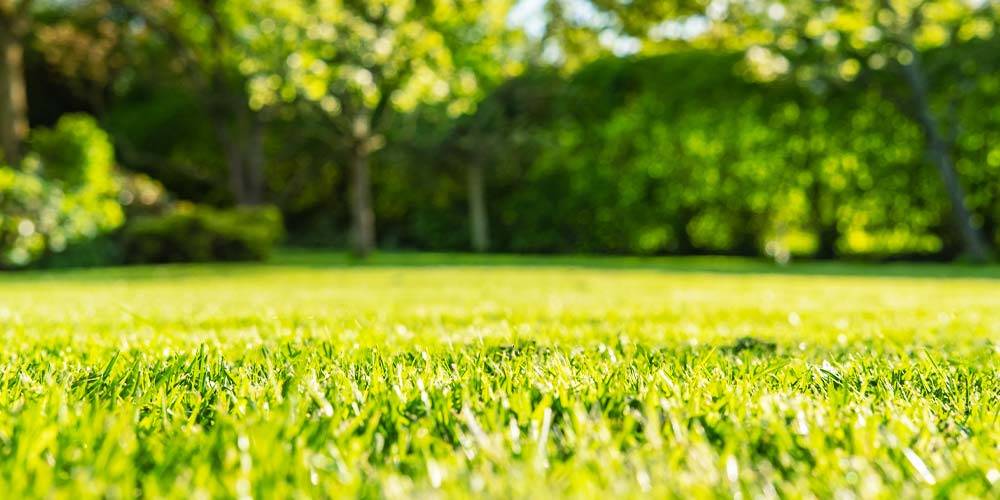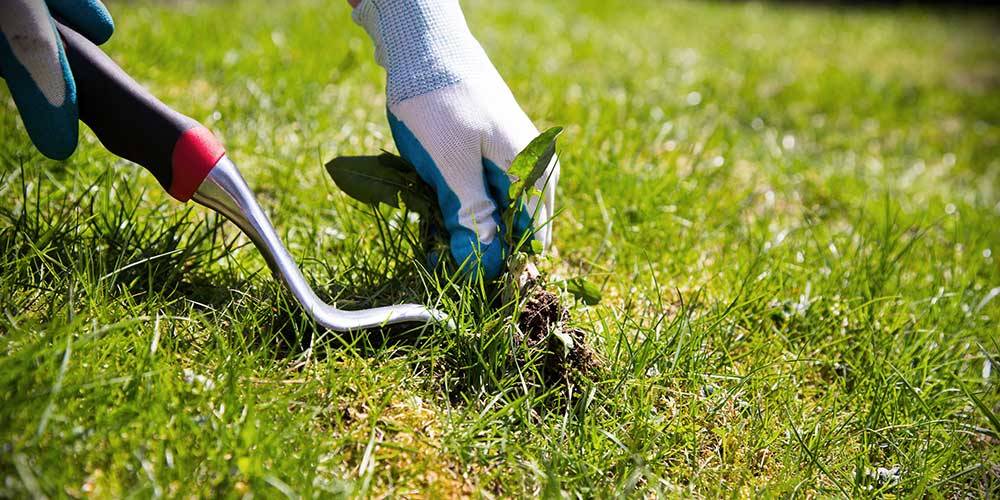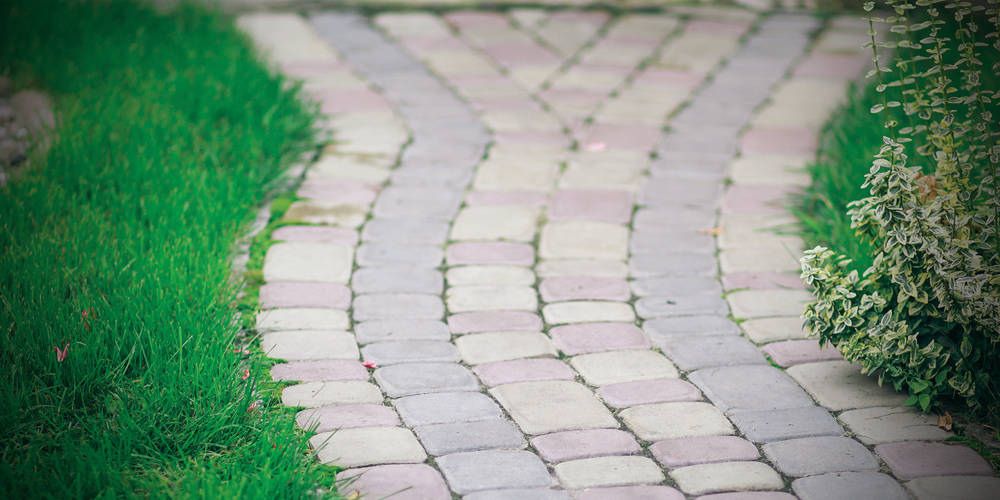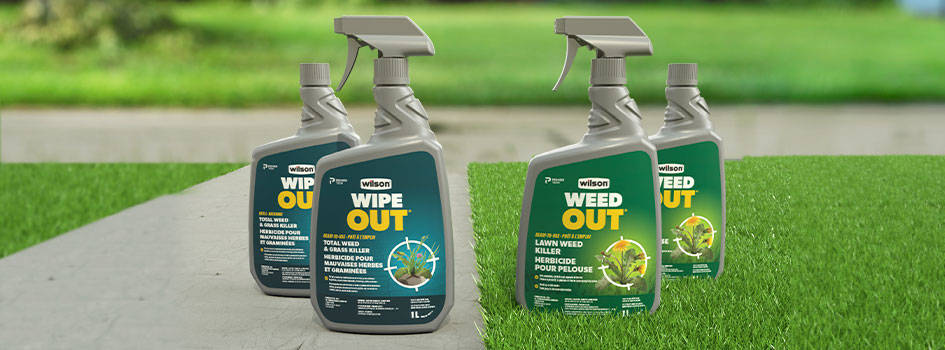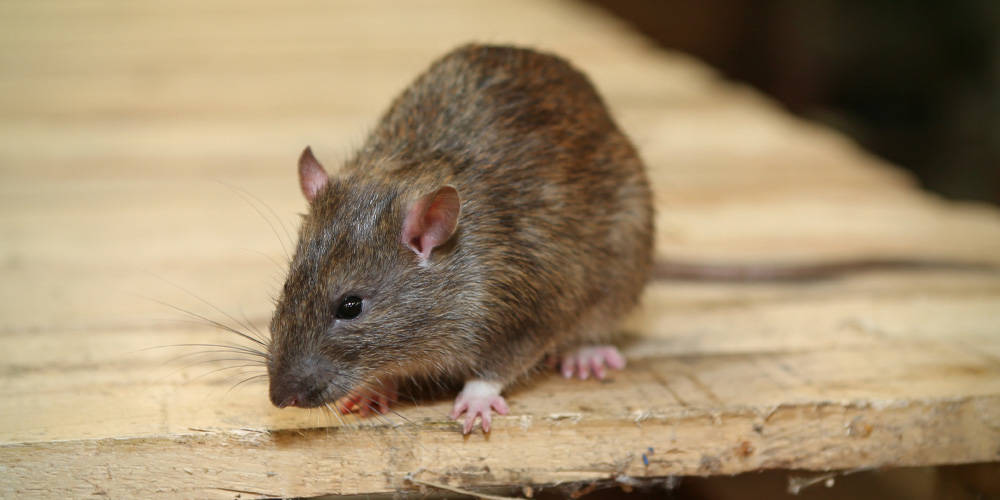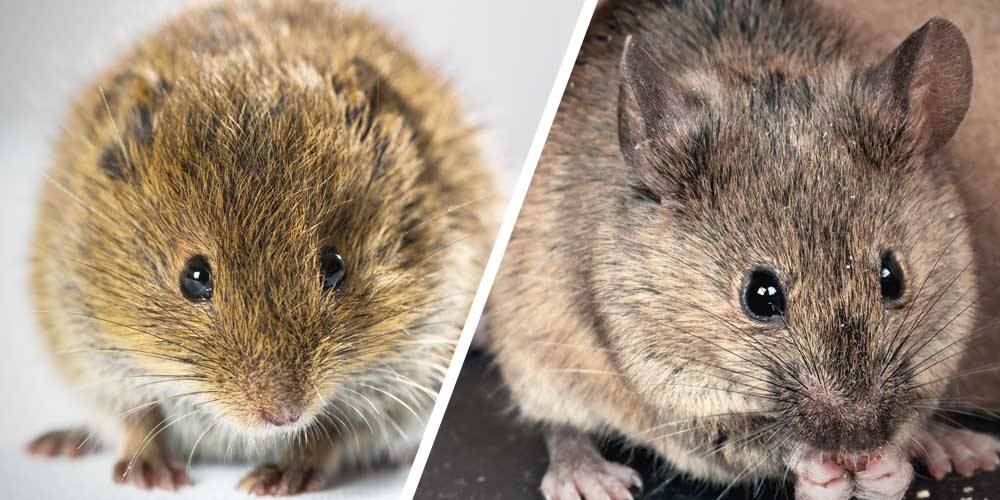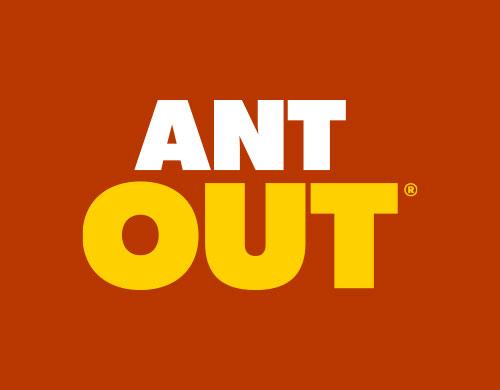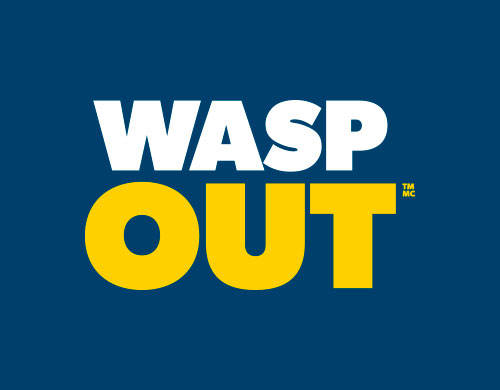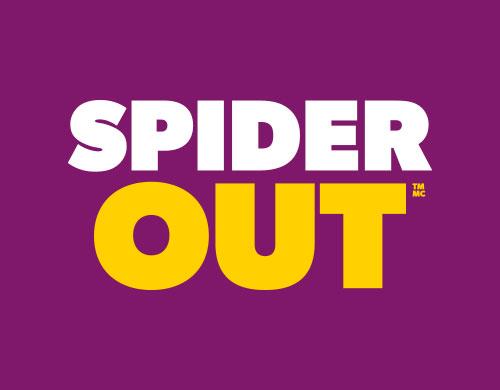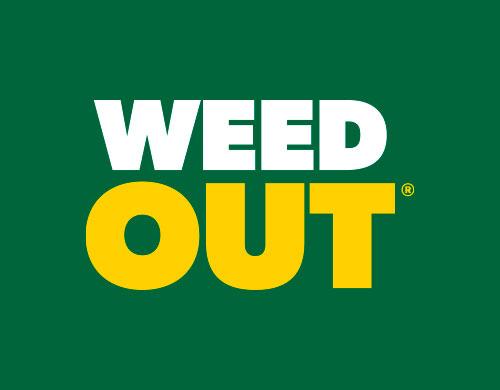Ecofriendly solutions for a beautiful lawn

Picture a healthy green lawn: perfect for lounging, great for cookouts and playing games with the kids and grandkids, a real asset to your home. But did you know that your lawn - and how you care for it - can also benefit the environment?
Good for you, good for the environment
Healthy grass provides a home for insects and worms that provide a rich feeding ground for birds. Thick grass prevents soil erosion, filters contaminants from rainwater and absorbs many types of airborne dust and pollutants.
Grass is also highly efficient at converting carbon dioxide to oxygen, a process that helps clean the air. Caring for your lawn properly can enhance its appearance, improve its health and support its benefits to the environment, while adding curb appeal.
You don't have to be an expert to grow a healthy lawn. The secret is to work with nature. This means creating conditions for grass to thrive so that it can resist damage from weeds, disease and insect pests.
How to grow a beautiful ecofriendly lawn
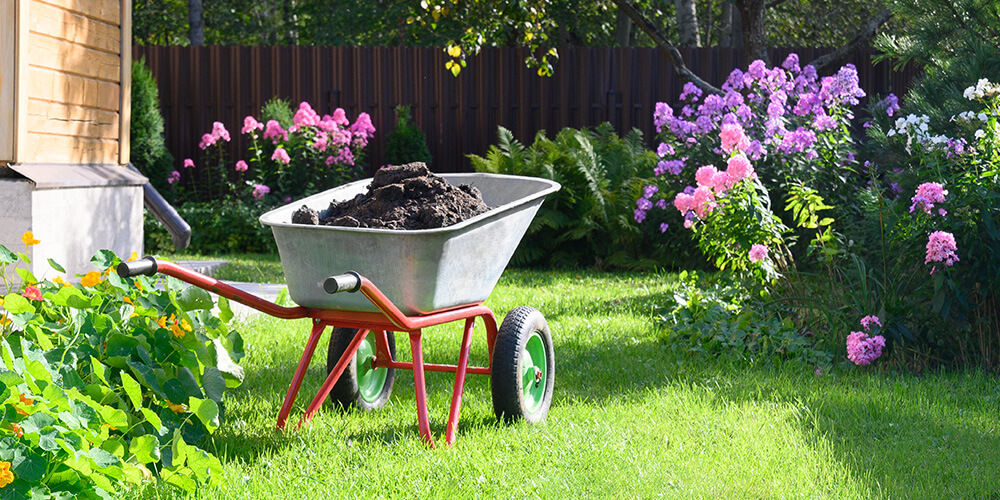
To flourish, lawns need a growing medium that is porous, nutritious, holds water yet drains well and is packed with those minute soil organisms (beneficial bacteria and fungi) that are vital to a lawn's good health.
Unfortunately, most homes do not come equipped with such nice soil, especially homes in subdivisions where sod has been laid on a skim of topsoil that covers fill and construction debris. The topsoil that came with your house could be comprised of sand, loam or clay, or a combination of each.
Sandy soil gives poor results because it dries out quickly and doesn’t hold nutrients well. Clay soil is a common culprit of poor growth, as there is hardly any air space between the soil particles, making it poor at absorbing water and slow to dry when it does get wet.
How to improve your lawn without chemicals
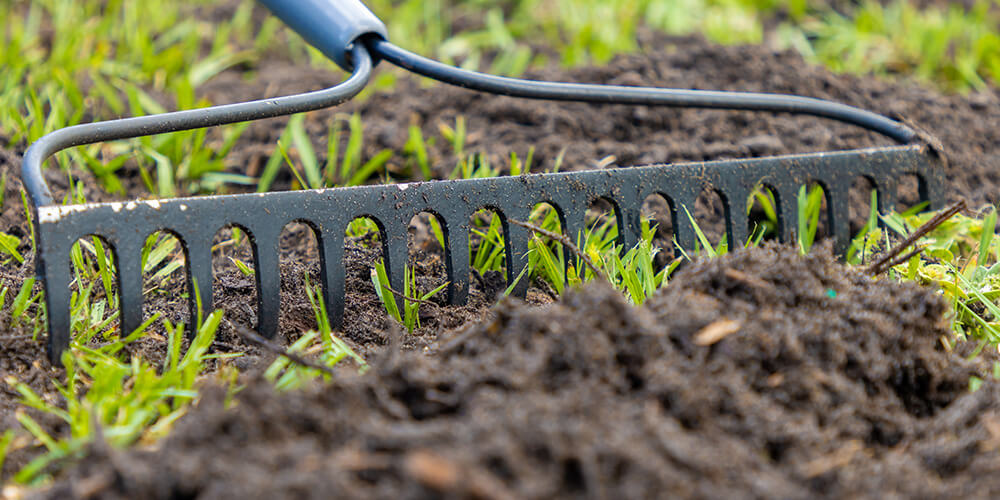
There is a remedy for sandy and clay soils alike. It's a simple process that will allow you to convert a sparse lawn into thick green turf in one season. The main weakness of the soil under your lawn, which may be predominantly sand or clay, is that there is a shortage of organic material. Organic material in soil can add porosity and can hold water and nutrients where grass roots can reach them.
Organic material also encourages the proliferation of soil organisms. These organisms convert nutrients into a form that is easily taken up by the plant's roots. Composts and fertilizers can meet these criteria without causing weed or disease problems. The recommended treatment is best started in spring and again in early fall.
The better products for a healthy lawn
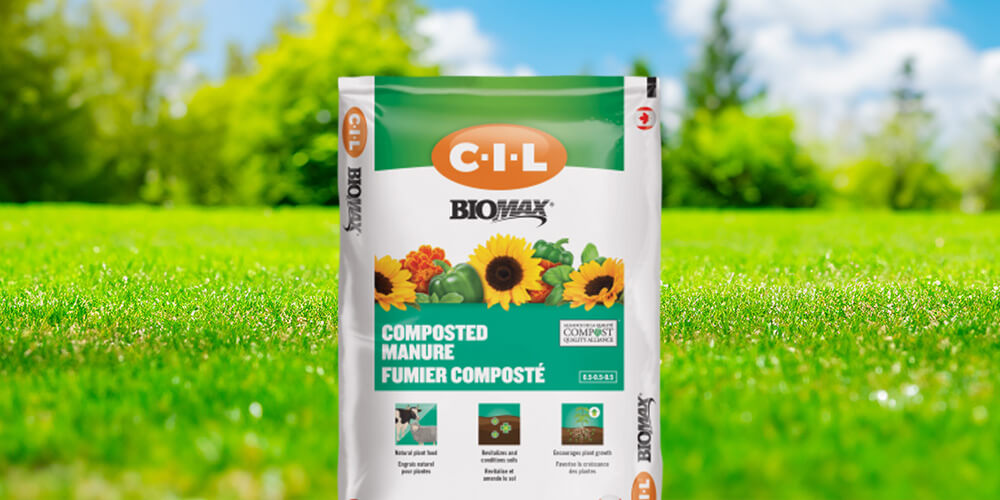
Just before your lawn needs cutting, spread composted manure or well-cured home compost over the lawn surface. Use just enough to give it a rich brown hue. This action will add organic matter which will work its way into the soil profile. The addition of compost is beneficial in introducing live beneficial bacteria that reduce disease and thatch.
On average, a blade of grass has a nitrogen-phosphorus-potassium ratio of about 2-0-1. You need to add fertilizer. A lawn fertilizer in the ratio of 20-0-10 is almost an exact replacement of the nutrients that the plant demands from the soil. Add a good quality slow-release fertilizer with a high-nitrogen formulation, such as C-I-L RESTORE Feed & Seed Lawn Fertilizer & Grass Seed 22-0-10 or IRON+™ WINTER GUARD™ FERTILIZER 22-0-12, according to the season.
A well-fertilized lawn can do two things:
- Keep weeds at bay by encouraging strong turf and leaving fewer open spaces for weed seeds to germinate.
- It tolerates better the presence of destructive lawn insects, such as grubs or chinch bugs.
The ecofriendly solutions to get rid of weeds
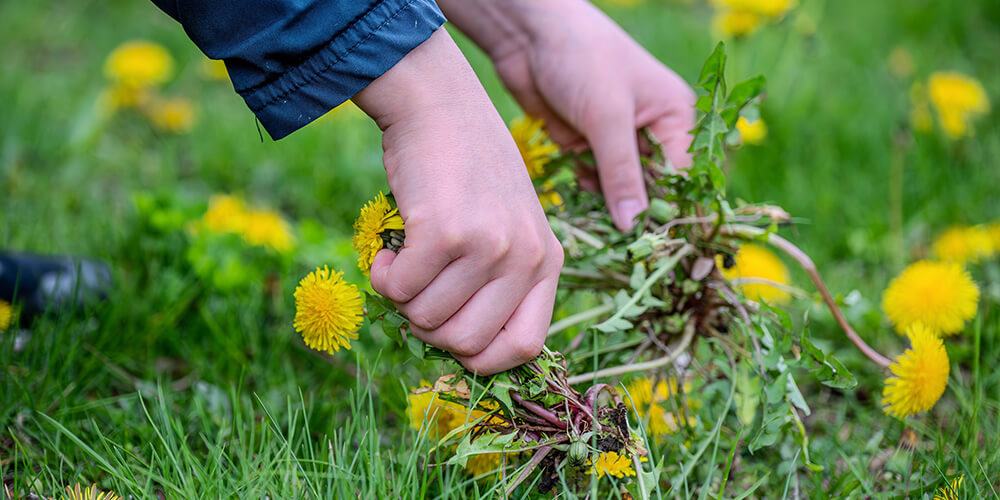
In keeping with being environmentally attuned, Wilson has a solution to help. We have a selective weed killer that is approved for sale across Canada and all the provinces with cosmetic pesticide bans. That’s because it is a molecule that originates from a pea plant that, when sprayed on a broadleaf weed, gets absorbed right through to the roots and kills the weed. Wilson WEED OUT is so safe that pets and people can enter the lawn area when the spray has dried.
Early spring, apply C-I-L BIO-WEED & FEED to feed your lawn and prevent weed germination. To know more about the benefits of this ecofriendly solution, read Fertilizer-herbicide: corn gluten efficiency against weeds | C-I-L® Lawn and Garden
Natural insect control for the lawn
Fighting white grubs with beneficial nematodes
If you’re faced with a grub infestation and you don’t want to use a chemical pesticide, you can use a natural predator. Beneficial nematodes are microscopic worms. Wilson GRUB OUT packages the nematodes in a patented suspended animation state, and as soon as they are mixed in with water, they come to life. You spray them on your lawn and water them in right away.
Once in the soil, they search for a grub. The nematodes carry a pathogen that they inject into the host grub. The pathogen multiplies and kills the grub within a day or two. At this point, the nematodes lay their eggs on the dead grub, which becomes a food source for the hatching eggs. From there, new babies go out and search for more grubs all summer to continue the hunt.
Find more information about white grubs here: How to get rid of grubs | Wilson Control
The natural solution to get rid of chinch bugs in a lawn
Chinch bugs are another big pest for lawns. The adults feed on lawn surfaces, while the larvae burrow under the surface and feast on grass roots. Wilson has a product, BUG-X OUT Chinch Bug Nematodes, to help you control these insects. It uses natural live predators that chase down chinch bug larvae. Use it knowing that it poses no threat to people, pets or the environment. The microscopic worms will devour the larvae.
For more information on how to fight chinch bugs, also read: How to control chinch bugs | Wilson Control
How to get rid of ants: ecofriendly products that work
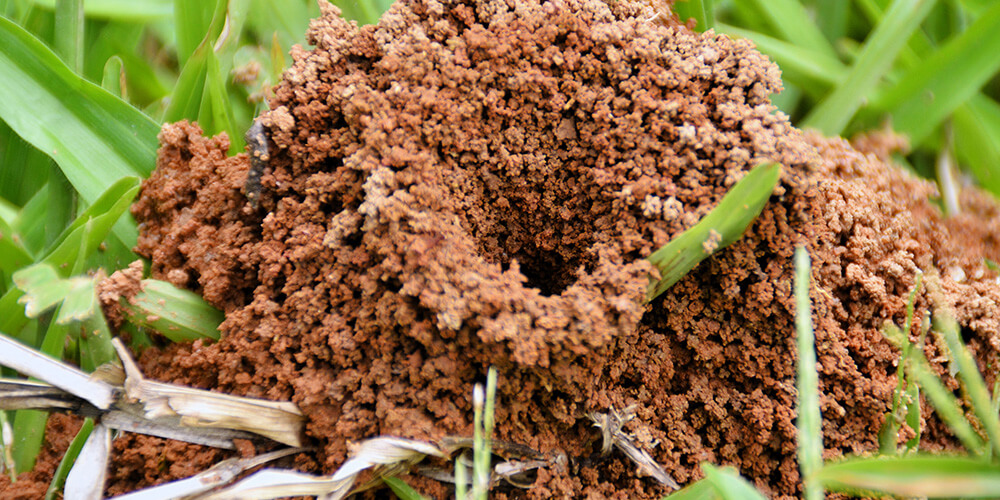
Ants crawling in sections of your lawn need to be controlled before they start wandering onto your deck or patio. You don’t want them around, but you don’t want to use chemical pesticides to get rid of them. ANT OUT Nematodes are naturally occurring microscopic worms that kill young ant larvae and prevent adult ants from building new nests in treated areas. Or another way is to apply ANT OUT Ant Killer Dust on the ant mounds. You can enjoy your lawn and garden and know that you got rid of those pesky ants without chemical pesticides.
To learn about all our solutions to get rid of ants inside the house or in the garden, consult: Best ANT OUT: spray, gel, traps and bait to solve ant problems | Wilson Control
How you can help the environment
Caring for your lawn in an environmentally sensible way can have a bigger impact than you might think. Your lawn is only a small piece of land, but all the lawns across the country cover a lot of territory. That means that you and your lawn care activities, in collaboration with everyone else, can make a difference to the environment.
That's why taking care of the environment begins in our own backyards.

